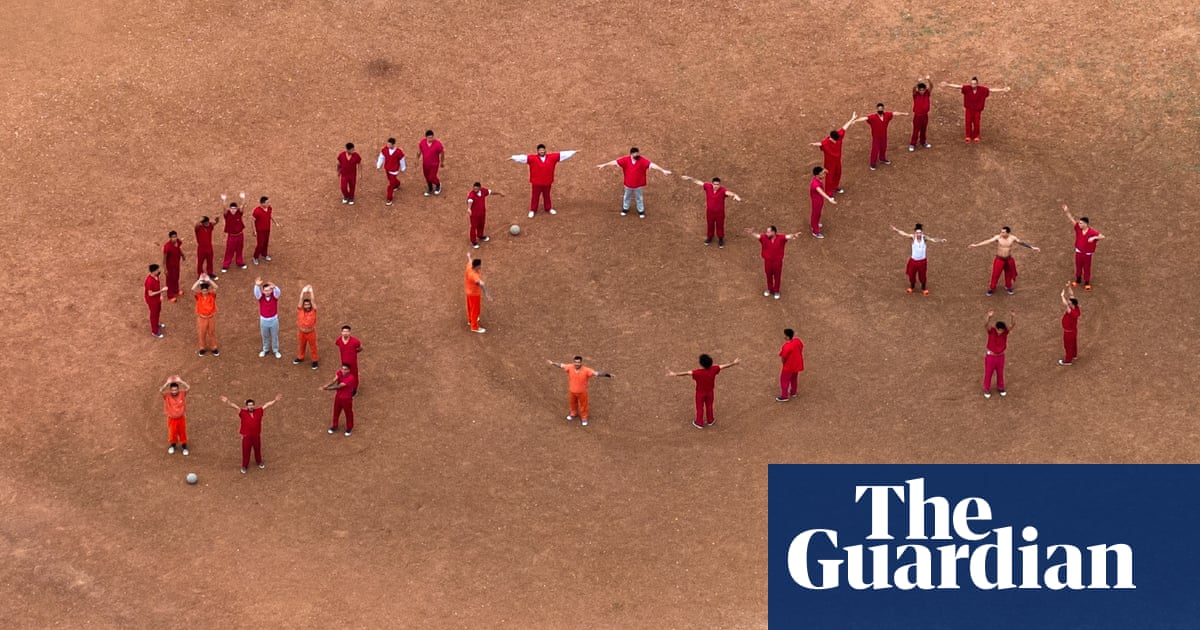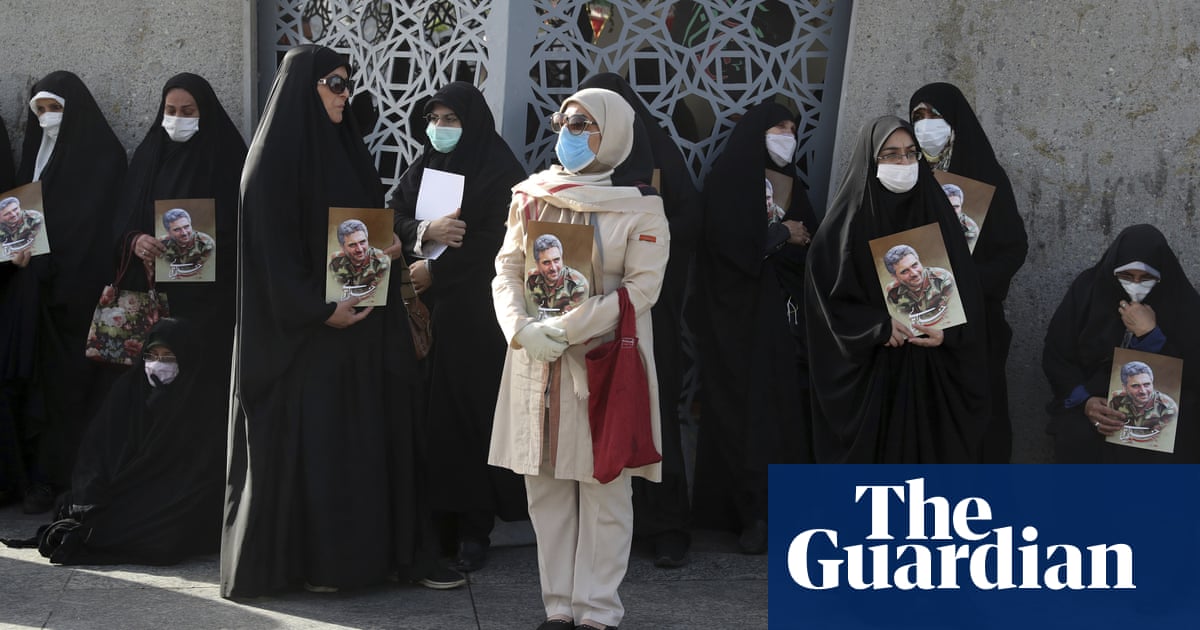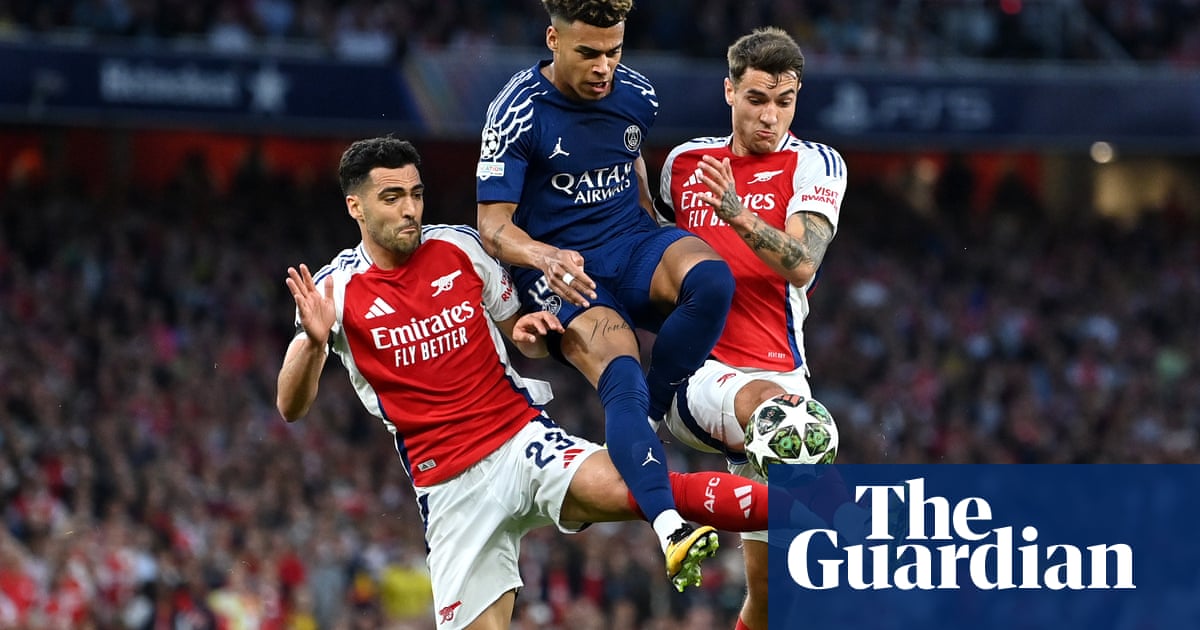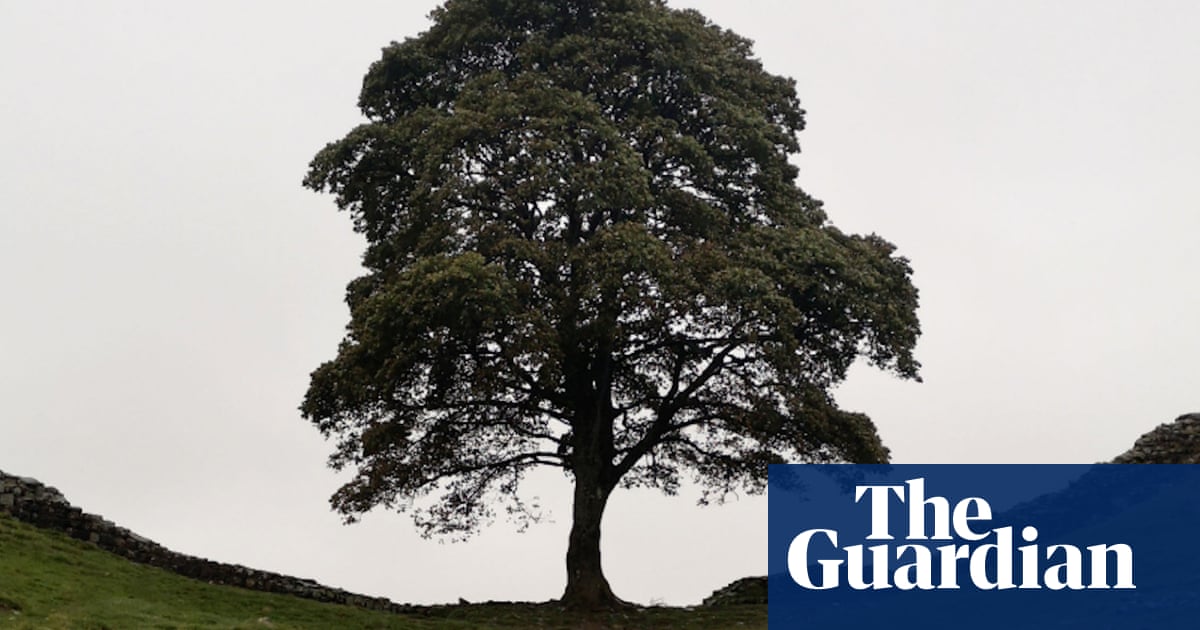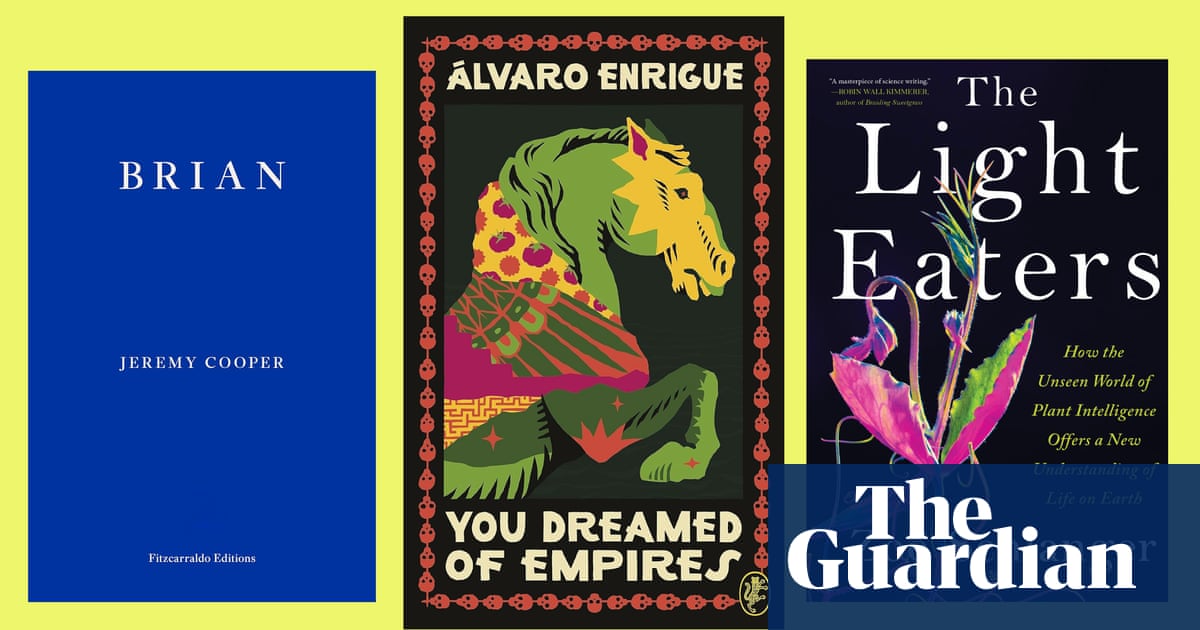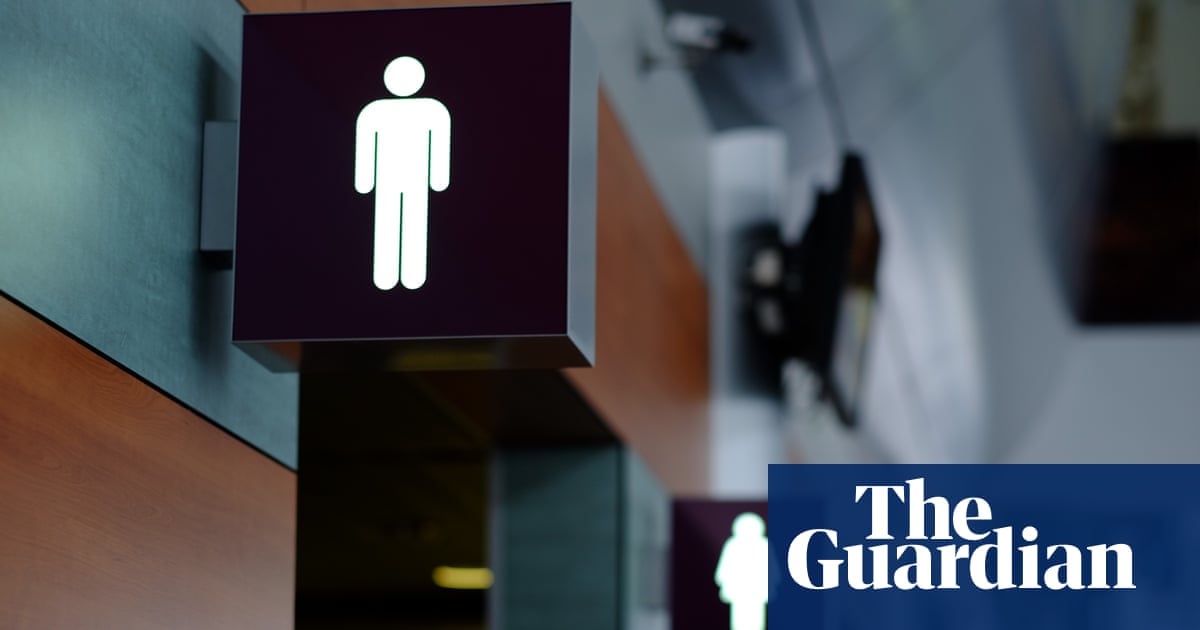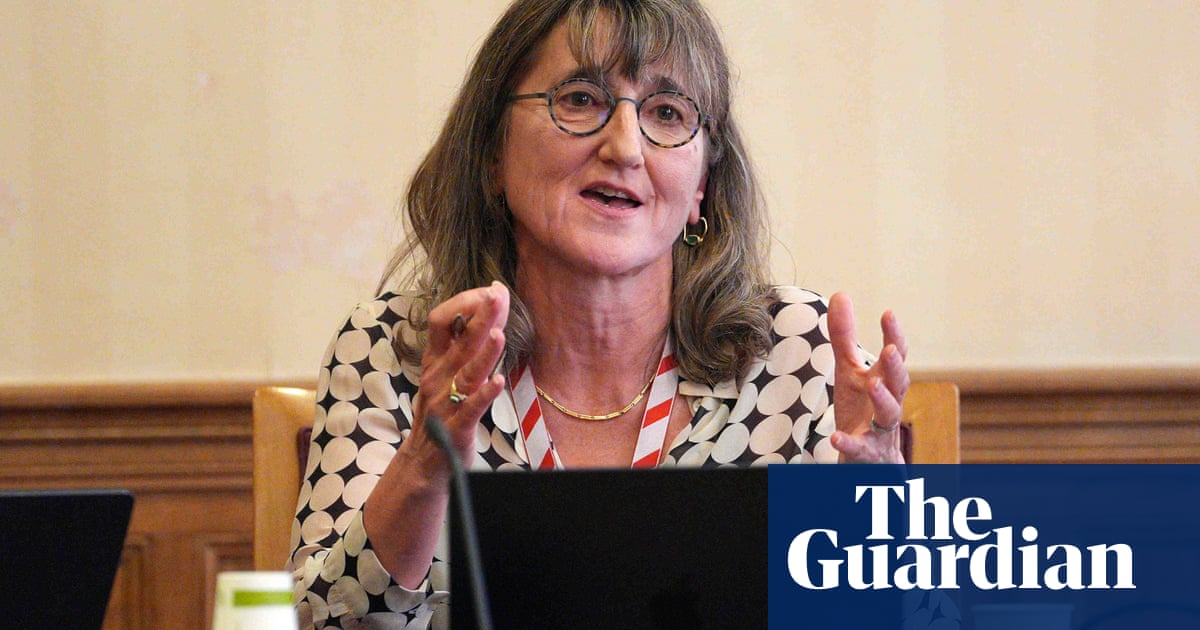Last Friday, Gus Atkinson was presented with his Surrey county cap by Alec Stewart on the grass outside the Mickey Stewart pavilion at the Oval. Atkinson accepted his new cap with its Surrey monogram (alongside his new monogrammed jumper) in his usual easy going way, but it is a ceremony taken very seriously by Stewart – who does not doll out county caps like cheap trinkets.
The exact criteria for winning a county cap (as opposed to a playing cap given on debut), float around somewhere in the ether but the ingredients seem to be two parts being an established and automatic selection, one part long service and one part whether Stewart feels the time is right.
Most, but not all, of the other 17 first-class counties award county caps for similar reasons and it is something still treasured by players even if the bonuses that used to run alongside it – a pay rise, a better contract, a space in the capped-players dressing room, a special tie, a company car – have largely fallen by the wayside.
The red and white roses of Lancashire and Yorkshire sit on their cricket caps either side of the Pennines, but those roses are just buds on the caps of uncapped players. The rose blooms into full flower only once players have been officially capped. Lancashire have an honours board for capped players in the Old Trafford pavilion, while capped Yorkshire players also get new jumpers and playing tops baring the open rose. At Headingley, overseas pros are capped automatically.
Glamorgan’s uncapped players also wear a bud on their caps. That bud springs into a glorious yellow daffodil on the county cap (alongside their player number), with capped players also getting a jumper embroidered with the fully flowering daff. In the 20s, a cap was given to anyone who had played more than six games, and for a while it was a points-based system. Players now win their spurs when they became a regular in the first team or after a significant performance. A presentation cap is also given at the end of season awards dinner.
At Chelmsford, players wear the standard Essex baseball cap until they reach the magic circle. Capped players then earn a cap with a different brim, the badge embroidered on the top, the county cap number and initials on the side.
Any Nottinghamshire cricketer who has played Test cricket gets an automatic county cap, so Josh Tongue, who missed his first season at Trent Bridge through injury, was immediately capped in his opening game this spring. Other players have to wait till they pass the mysterious threshold before they are awarded theirs, which is embroidered with gold stitching rather than the white stitching of the playing cap.
The red Leicestershire fox turns to gold when a player is capped at Grace Road, while the bear on the Warwickshire cap changes from gold to white – aptly known as their white bear cap. Capped Warwickshire players also get a different helmet, also featuring the white bear. The most recent recipient was Liam Norwell, who had to retire through injury after almost single-handedly keeping Warwickshire in Division One with nine for 62 against Hampshire on the last day of the 2022 season. He was handed his in March at the chair’s lunch.

The white bear tends to be awarded not just for long service on the field but also to those who have made a big impact in the community. Hassan Ali was awarded his after his first stint at the club because he made such a great impact off the field too – getting involved in the Ramadam Cricket League and joining in the Iftar. Young Jacob Bethell, who has three England Test caps, is yet to be capped by his club. Players are also given a metal plaque for their locker marked with their name and the date on which they were capped.
No such plaques for Middlesex players, however – in fact not even any lockers, as the club doesn’t own their home ground. There are other perks, though: the capping ceremony is usually held at lunchtime outside the Lord’s pavilion and the script commemorating the occasion is read out on the PA for all to hear. Capped players also get parking perks in certain areas at Lord’s. The county cap is a baggy-blue, as opposed to a baseball-style cap, and after years of long service players can also be awarded a ceremonial cap with white trim and tassel.
A baggy too for capped Somerset players, a cap that starts off dark blue but mysteriously ends up maroon after days in the sun. The ceremony is always held on the pitch and a board listing capped player sits on the wall in the players’ dining room. Again there are no set criteria and Azhar Ali was awarded his as much for his exceptional conduct off the pitch as on it.
Hampshire players are granted a special cap which is embroidered with the date of the capping – but it isn’t to be worn on the field. Players names are then added to the capped-players boards in the Robin Smith suite and recognised on the main honours boards in the Arlott atrium.
A little further east along the south coast, Paul Farbrace has shifted the boundaries for the Sussex cap. It used to be awarded for a certain number of runs or wickets, but it is now given to players who are first-team Championship regulars – though Tymal Mills and Ravi Bopara were both capped in recent years despite being white-ball specialists. Some overseas players earn their caps earlier. Steve Smith won his during his three-match spell in 2023 in recognition of his excellent career and possibly as a replacement for his baggy green which was attacked by rats. Capped players earn a ceremonial cap, with a different coloured badge, and get to wear the club martlets on their jumper.
The Derbyshire baggy also has the cap number and date of capping stitched into the back. It is a relatively new innovation, brought back by Bob Taylor from Australia after the 1970-71 Ashes tour. Capped players also receive honorary life membership when they leave the club. While down at Northants, the capped-players’ cap has returned after a period in temporary hibernation. John Sadler the previous head coach blocked them – but the distinctive caps with the gold piping have been spotted on the heads of Rob Keogh and Ricardo Vasconcelos this year.

Kent’s cap is traditionally given during Canterbury cricket week, and although it looks pretty much the same as the playing cap, a cap number nestles under the familiar dancing horse. The last player to be capped by Kent was Ollie Robinson, who then moved to Durham, where he was capped again immediately – because Durham are one of the outliers.
Up in the north-east, every player is given his county cap when he makes his first-team debut, even loan players, three of whom made their debuts last week when Durham were laid low by a injury crisis that left them struggling to sticky tape an XI together. The caps are embroidered with their playing number, so Jake Ball, on loan from Somerset for two games, received Durham cap No 206. Worcestershire also award the county cap on debut, alongside a player number – something brought in by Tom Moody in the early 2000s.
Caps have always had an almost mystical symbolism in cricket – just look at the cult of the baggy green and across the oceans to the IPL where Virat Kohli and Suryakumar Yadav are battling it out in real time for the orange cap, Josh Hazlewood and Prasidh Krishna for the purple cap.
County cricket’s capping traditions carry a weight of their own, helping to sustain the clubs, the fans and all those players travelling through.
This is an extract from the Guardian’s weekly cricket email, The Spin. To subscribe, just visit this page and follow the instructions.

.png) 5 hours ago
6
5 hours ago
6


